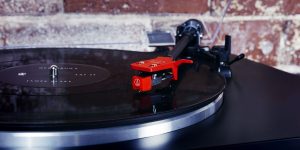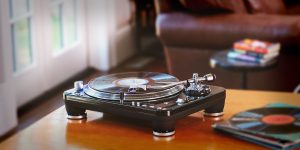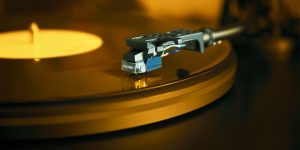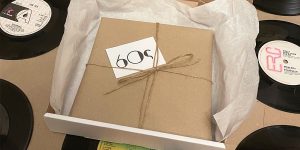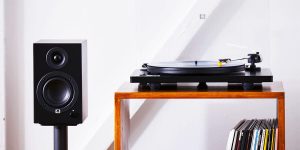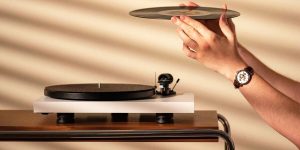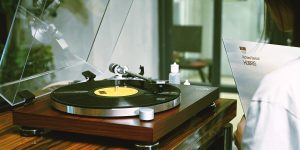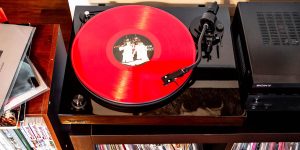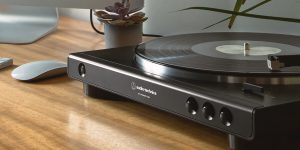Do you love the rich, warm sound of vinyl records? If so, you’re not alone! In recent years, there has been a resurgence of interest in record players and turntables. People are rediscovering the joys of listening to music on vinyl. But if you’re new to the world of record players, it can be difficult to know where to start.
That’s why we’ve created this guide to record players and turntables! In this article, we’ll answer all of your questions about these products and help you figure out which one is right for you.
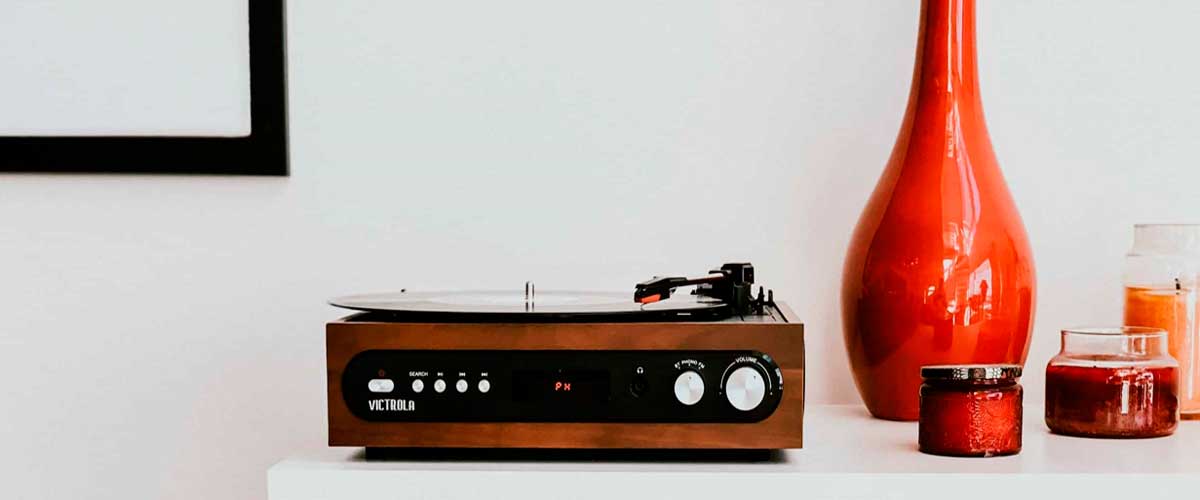
What is a turntable and what are its components
A turntable is a spinning platform that holds and rotates a vinyl record at a constant speed. The three main components of a turntable are the tonearm, cartridge, and platter.
The tonearm is the long arm that extends from the turntable and supports the needle (or stylus). The cartridge is the small housing at the end of the tonearm that contains the stylus. The platter is the large, flat disc that spins on top of the turntable.
Most turntables also come with a dust cover, which helps keep your records clean and dust-free. Some higher-end models may also include a built-in preamp, which allows you to connect the turntable directly to powered speakers or an amplifier.
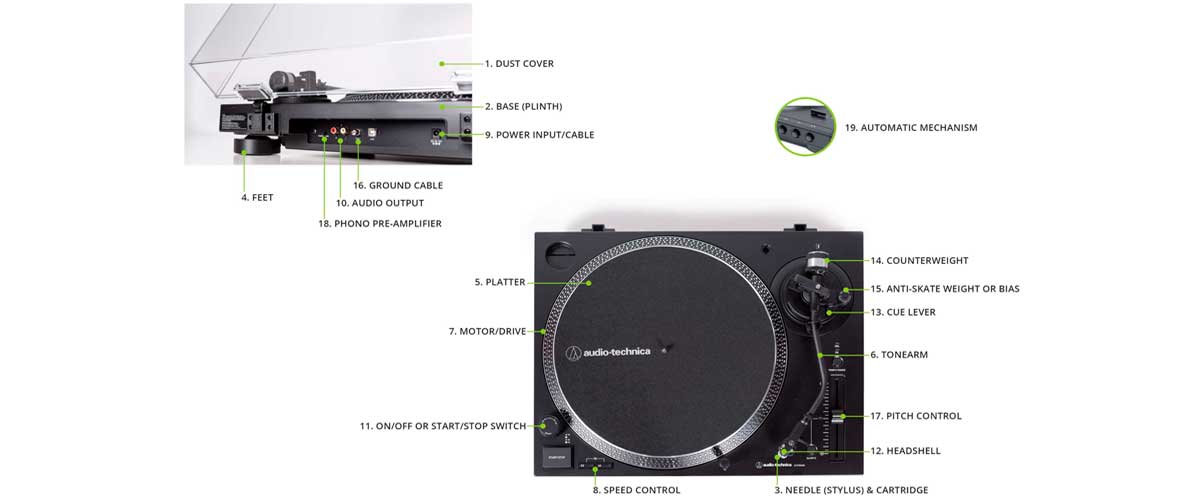
What is a record player and what are its components
A record player is a device that plays vinyl records. It has three main components: the tonearm, the platter, and the cartridge.
The tonearm is the part of the record player that holds the needle. The cartridge is the part of the tonearm that holds the needle. The needle is what actually reads the grooves on the record and creates sound. The platter is the spinning disc that the record rests on.
Is there any difference between a turntable and a record player?
Both a record player and a turntable are devices that rotate a vinyl record at a constant speed and play the sound through a connected audio system. The basic principle behind them is that when the vinyl record is placed on the rotating platter, it produces sound vibrations which are then amplified through the audio system. So, you might be asking yourself: is a record player the same as a turntable?
The answer is both yes and no. Technically speaking, a turntable is just the spinning platform that the record rests on while it plays. The term “record player” refers to the entire unit, which includes the turntable, tonearm, cartridge, and audio system.
However, in common usage, people often use the terms interchangeably. But still, there is some difference:
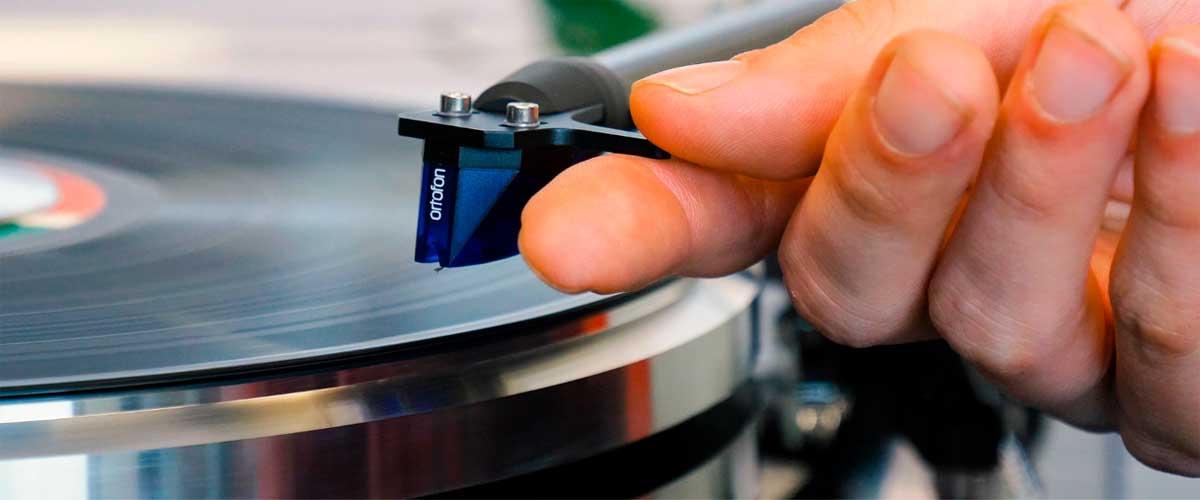
In general, a turntable is going to be of higher quality than a record player. This is because turntables are designed with DJs and audiophiles in mind, and as such, they are built to withstand the rigors of heavy use. They also tend to have better features like speed control and cueing. Record players, on the other hand, are geared more towards the casual listener.
Another difference between turntables and record players is that turntables do not typically come with built-in speakers. This means that you will need to connect your turntable to an external audio system in order to hear the music. Record players, on the other hand, usually do have built-in speakers.
Turntables are usually larger and heavier than record players. They have a direct drive motor which is located beneath the platter.
The direct-drive motor rotates the platter at a constant speed. On the other hand, record players are smaller and lighter than turntables. They have a belt-drive motor which is located beneath the platter. The belt-drive motor connects to the platter with a rubber belt. The belt-drive motor rotates the platter at a constant speed.
There are two main types of turntables: manual and automatic. Manual turntables require you to manually move the tonearm and place the needle on the vinyl record. Automatic turntables have a mechanism that automatically moves the tonearm and places the needle on the vinyl record. Record players can be either manual or automatic, but most are automatic.
Turntables typically have a higher price tag than record players. This is because turntables offer better sound quality and are more customizable. Record players are a good entry-level option for those who want to start listening to vinyl records.
Most turntables have a built-in phono preamp, which amplifies the signal from the cartridge. The signal is then sent to an external amplifier or receiver. Record players usually do not have a built-in phono preamp and require an external phono preamp.
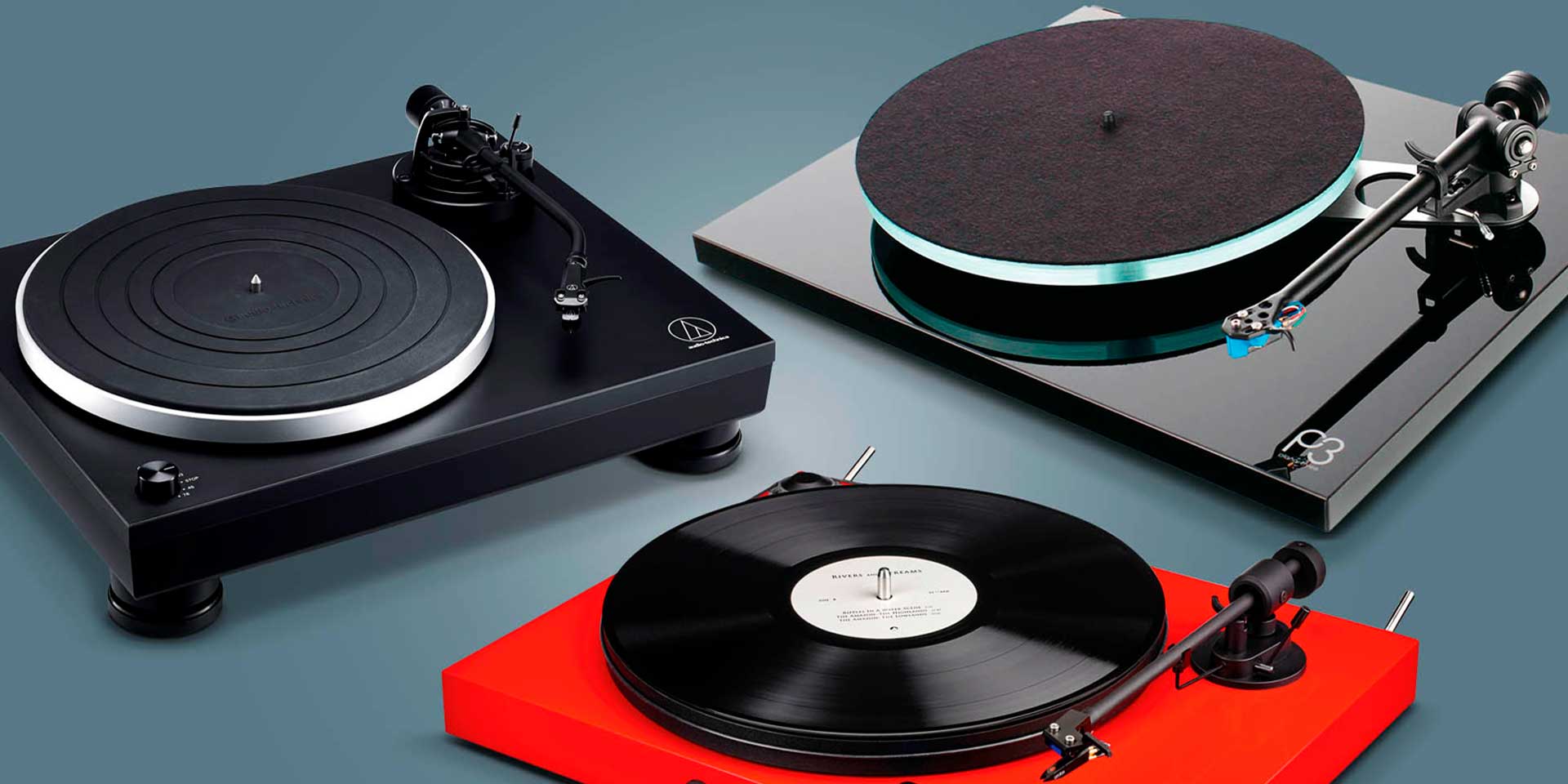
The benefits of each device
The answer to this question really depends on what you’re looking for in a musical experience. If you’re someone who is really passionate about music and wants to be able to control every aspect of the sound, then a turntable is probably going to be the better option for you.
Turntables allow you to adjust things like the speed of the record, the tracking force, and even the tonearm height. This means that you can really fine-tune the sound to your liking.
On the other hand, if you’re just looking for something that’s simple and easy to use, then a record player might be a better option. Record players are often less expensive than turntables, and they typically don’t require as much maintenance. Plus, you don’t have to worry about things like setting up the tonearm or calibrating the cartridge.
It really comes down to personal preference. There are great options available in both turntables and record players, so it’s really up to you to decide which one is better for you.
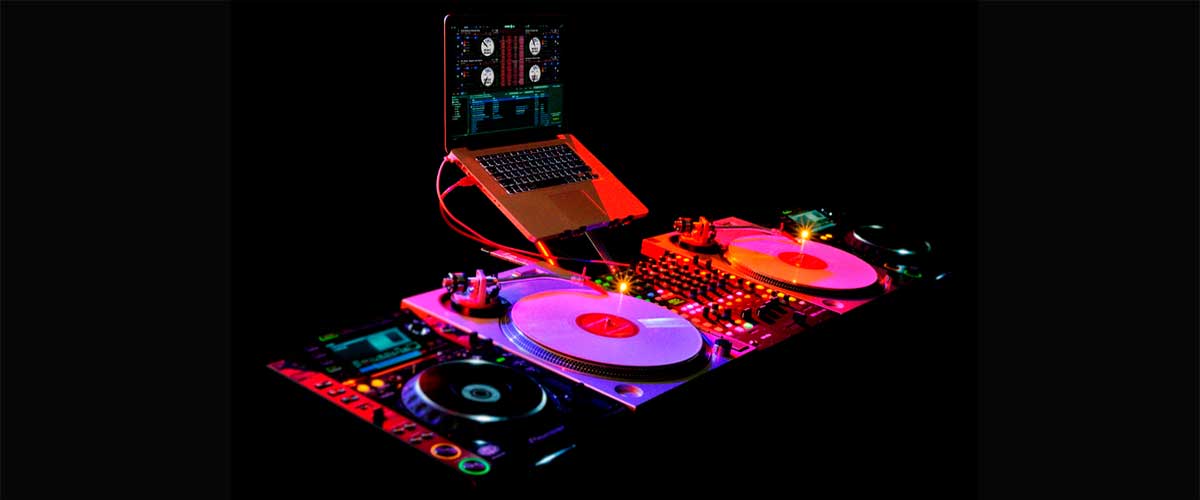
Final thoughts on turntables vs. record players, or why people still use them today
For a lot of people, listening to music is about more than just hearing the sound. It’s about the experience of being fully immersed in the music. That’s why many people still prefer to listen to music on vinyl records, even though digital formats like CDs and MP are more convenient. There’s just something about the warm, analog sound of a vinyl record that can’t be replicated by digital formats. And for serious music lovers, the experience of handling a physical record and dropping the needle on the spinning disc is an essential part of the enjoyment of music.
Of course, turntables and record players are not perfect. They can be expensive, and they require more care and maintenance than digital formats. But for many people, the benefits of vinyl outweigh the drawbacks.
We are supported by our audience. When you purchase through links on our site, we may earn an affiliate commission at no extra cost to you.
Our newsletter
* We will never send you spam or share your email with third parties

![Best Turntables Under $100 [Reviewed and Tested]](https://righttechadvice.com/wp-content/uploads/2023/09/best-turntable-under-100-300x150.jpg)
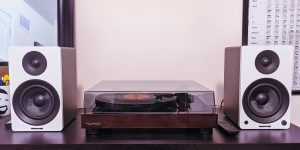
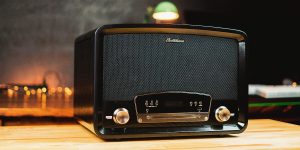
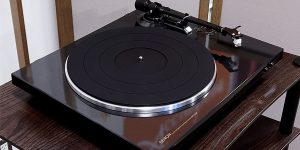
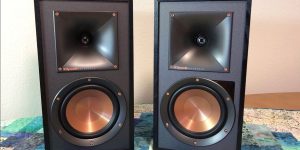
![Best Speakers for Turntable [The Ultimate Speaker Guide]](https://righttechadvice.com/wp-content/uploads/2024/02/best-speakers-for-record-player-300x150.jpg)
